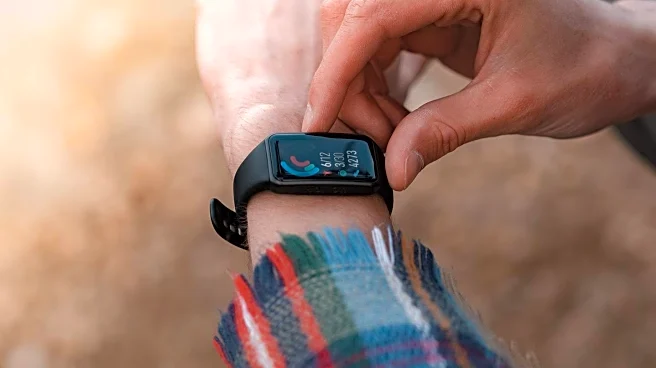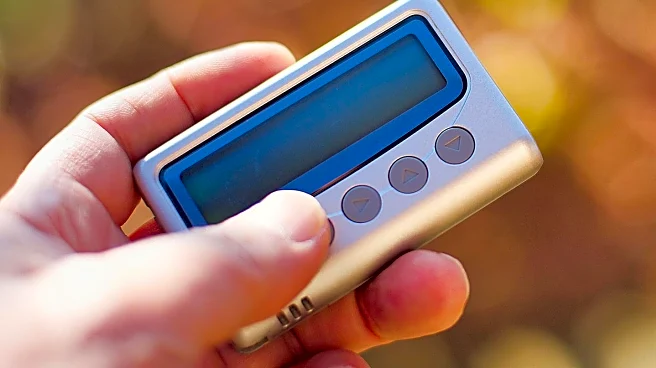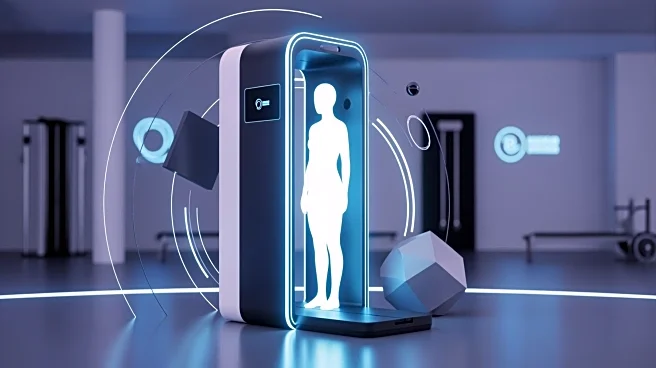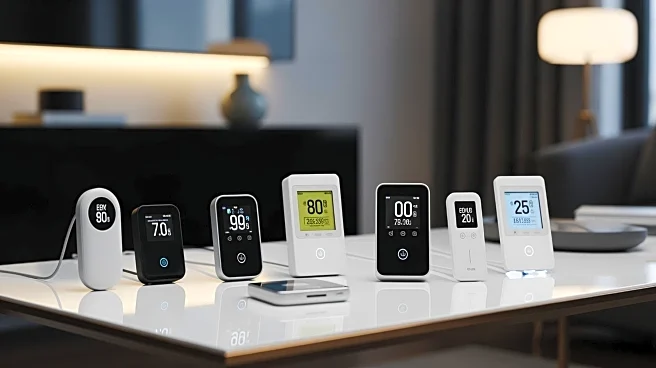What's Happening?
A growing number of fitness-conscious individuals are using continuous glucose monitors (CGMs) to gain insights into their health and wellness. Originally designed for people with diabetes, these devices
are now being adopted by those without the condition to track how food, stress, and sleep affect their blood sugar levels. The monitors provide real-time data, allowing users to make informed lifestyle choices. However, experts caution that the data from CGMs should not replace traditional medical screenings and that more research is needed to understand their benefits for non-diabetic users.
Why It's Important?
The increasing use of CGMs by non-diabetics highlights a shift towards personalized health monitoring and proactive wellness management. This trend could drive growth in the health technology market, with potential benefits for companies producing these devices. However, it also raises questions about the interpretation of health data and the potential for misuse. As more individuals seek to optimize their health through technology, there is a need for clear guidelines and education to ensure that these tools are used effectively and safely.
What's Next?
As the popularity of CGMs grows, further studies are likely to explore their efficacy and impact on health outcomes for non-diabetic users. Healthcare providers may need to adapt to this trend by offering guidance on the use of these devices. Additionally, regulatory bodies might consider developing standards for the use of CGMs in non-diabetic populations to ensure consumer safety and data accuracy.











